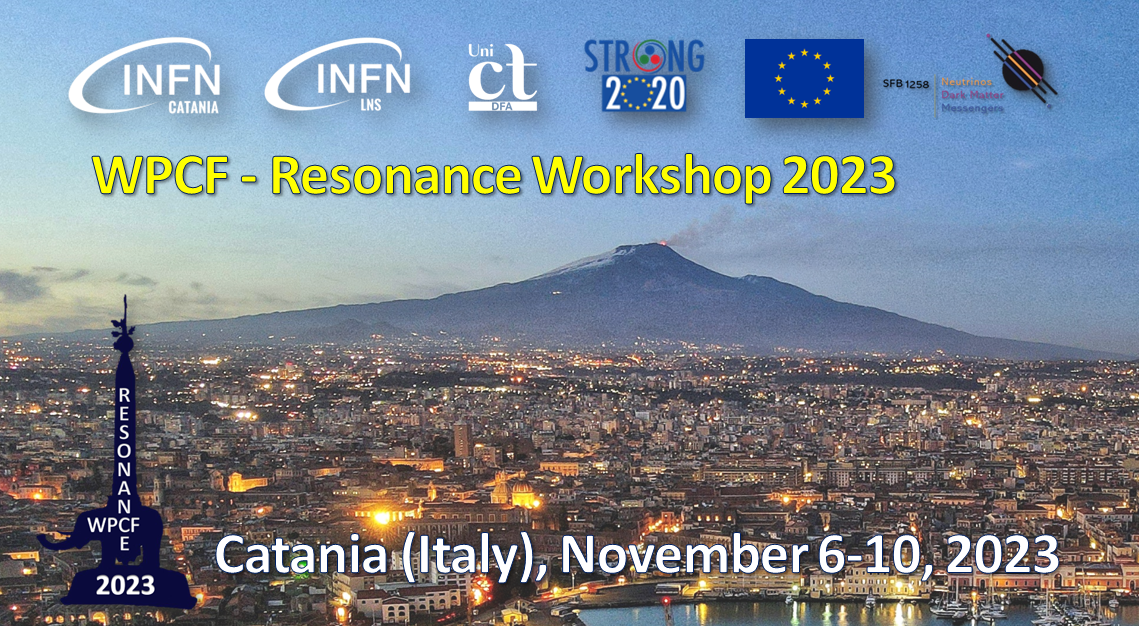Speaker
Description
As it is well known, for heavier hadrons, there is no possibility of
performing scattering experiments due to technical limitations related
to the extremely short life time of these particles. Instead, Lattice
QCD (LQCD) simulations have played a key role in understanding the
dynamics of heavy sectors, being more precise. A successful
reproduction of the lattice data is regarded as a strong evidence that
the Effective Field Theory EFT employed to such an end can describe
reality in the energy regime considered. This leads one to see LQCD as
a benchmark scheme to discriminate among theoretical models developed
from EFTs in use. However, due to the lack of experimental data in
these sectors, the theoretical models have been limited to describe
the current hadron spectroscopy or to predict new states (exotic or
not) that can be seen in different decay processes.
In contrast, the promising Femptoscopy Techinique in High-Energy
Nuclear Collisions offers a direct connection to experimental
observables, from which the corresponding scattering parameters can be
extracted. The reason lies in the fact that, in high-energy heavy-ion
collisions and high-multiplicity events of pp, pA and AA collisions,
the hadron production yields are well described by the statistical
models, thereby leaving the correlations between outgoing particles
relying upon the final state interactions.

